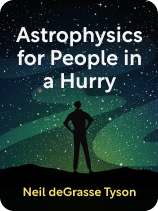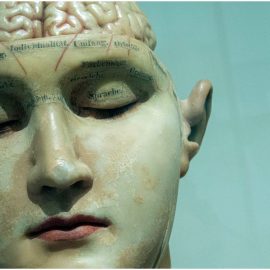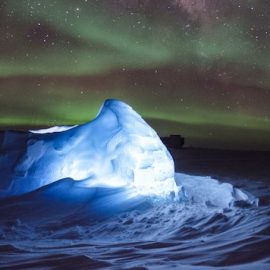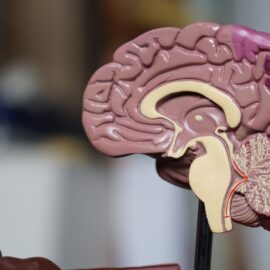

This article is an excerpt from the Shortform book guide to "Astrophysics for People in a Hurry" by Neil de Grasse Tyson. Shortform has the world's best summaries and analyses of books you should be reading.
Like this article? Sign up for a free trial here.
What’s cosmic microwave background radiation? What does it tell us about the history of the universe?
After the Big Bang, all of the universe’s matter comprised a sea of hydrogen and helium gas so dense that any light it gave off was quickly reabsorbed. A universal dark age began that would last nearly 400,000 years. Then, the cosmos began to glow.
Read more to learn about this glow that we can still observe today and to understand what it tells us about the universe and its history.
Cosmic Microwave Background Radiation
During the universal dark age, the universe kept cooling. When at last it fell to 3,000 degrees, it was possible for photons of light to travel without being reabsorbed back into atoms. The universe began to glow, and it’s a glow we can still see today if we use the right instruments to detect it.
Tyson reminds us that, when we look deep into the sky, we’re also looking backward in time. Therefore, from 13 billion light-years away in every direction, we can detect cosmic microwave background radiation—a snapshot of the universe as it was when the clouds first broke after the Big Bang. Because those ancient photons of light have lost a lot of energy since the time they were emitted, they now come to us in the form of low-frequency microwaves. Hence, this glow from the early universe is commonly referred to as the Cosmic Microwave Background (CMB).
(Shortform note: Though the existence of the CMB was theorized in the 1940s and first detected in the ’60s, it was mapped by the Cosmic Background Explorer spacecraft in 1990. Much higher resolution images were produced in 2013 by NASA’s Wilkinson Microwave Anisotropy Probe and the European Space Agency’s Planck observation satellite. Together, these pictures reveal the microwave glow that covers the entire night sky, originating far beyond any stars and galaxies that we see.)
What’s striking about this snapshot of the past is that it shows the early universe was lumpy. There are hot and cold spots, dense areas and voids. This uneven distribution in the early cosmic medium explains the shape of the universe today, with matter lumped into huge galactic clusters with even larger deserts of empty space between them. Also, by examining the CMB, we can calculate how much energy and matter there is in the universe itself. Prior to the microwave background’s discovery, all our theories of the universe’s origin were guesses. Tyson argues that the CMB gives the science of cosmology a solid observational grounding.
(Shortform note: Using the CMB as a starting point, we can now make other observations about the very early universe. Astronomers at the University of Cologne have discovered a cloud of water vapor that existed only 880 million years after the Big Bang and allows them to measure the rate of the universe’s cooling at that time. Other astronomers are searching for gravitational waves caused by the early universe’s expansion and microwave polarization effects that would have happened when the primordial plasma became a stable gas.)

———End of Preview———
Like what you just read? Read the rest of the world's best book summary and analysis of Neil de Grasse Tyson's "Astrophysics for People in a Hurry" at Shortform.
Here's what you'll find in our full Astrophysics for People in a Hurry summary:
- Neil deGrasse Tyson's simple explanations of some of the mysteries of the cosmos
- Why everyone should understand where we fit in the universal scheme
- Why humans need to climb off their pedestals






